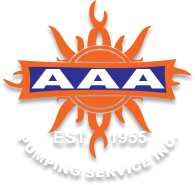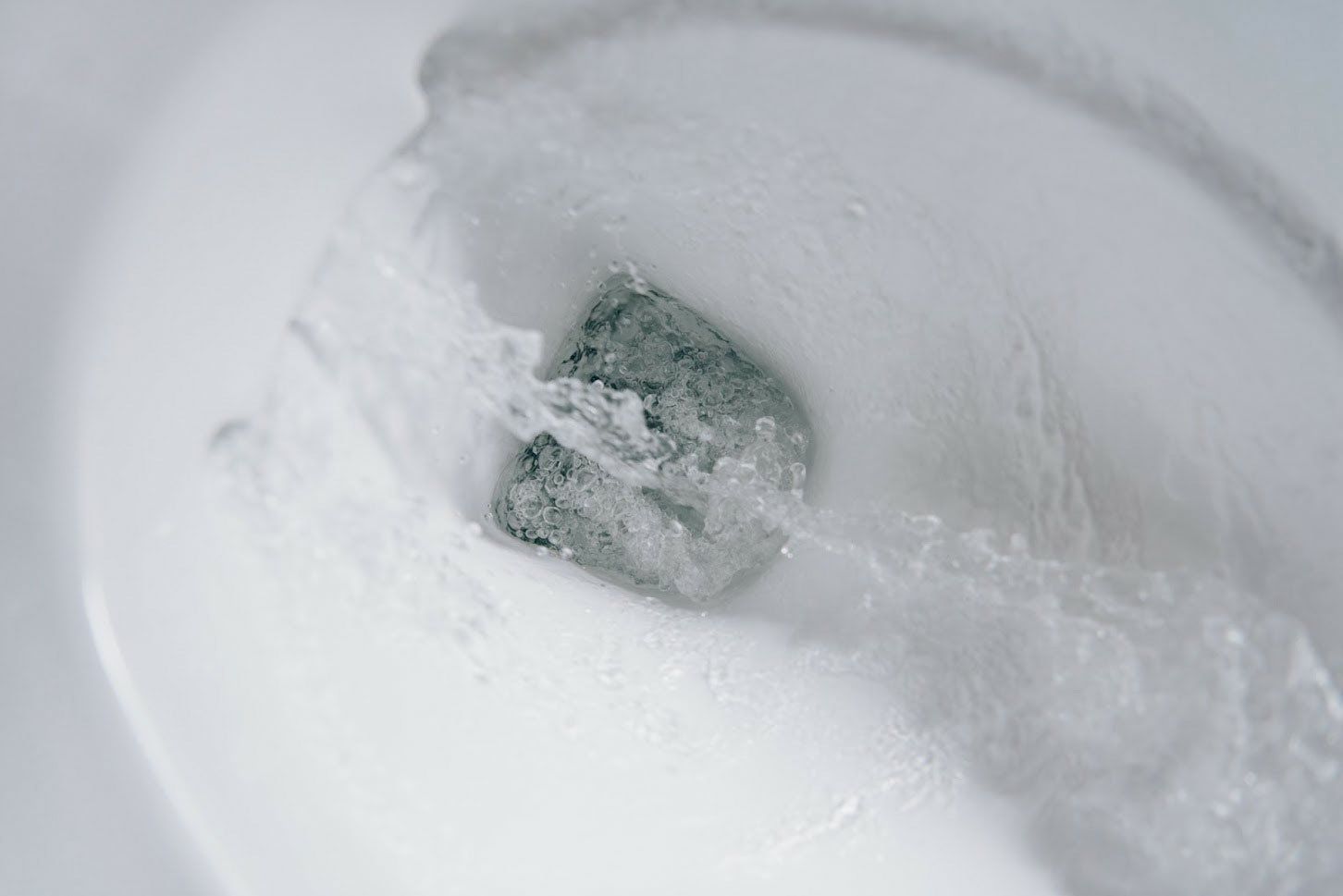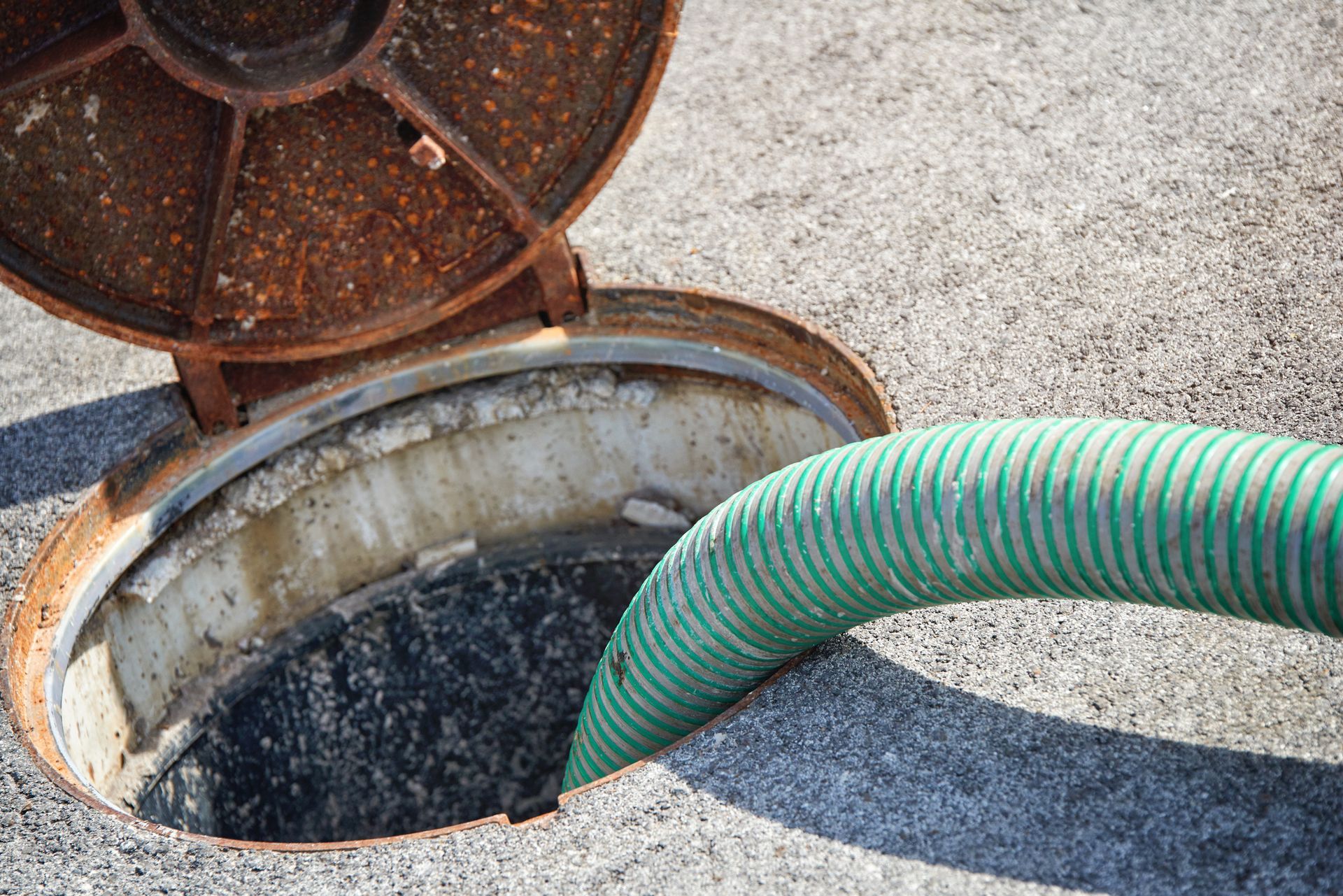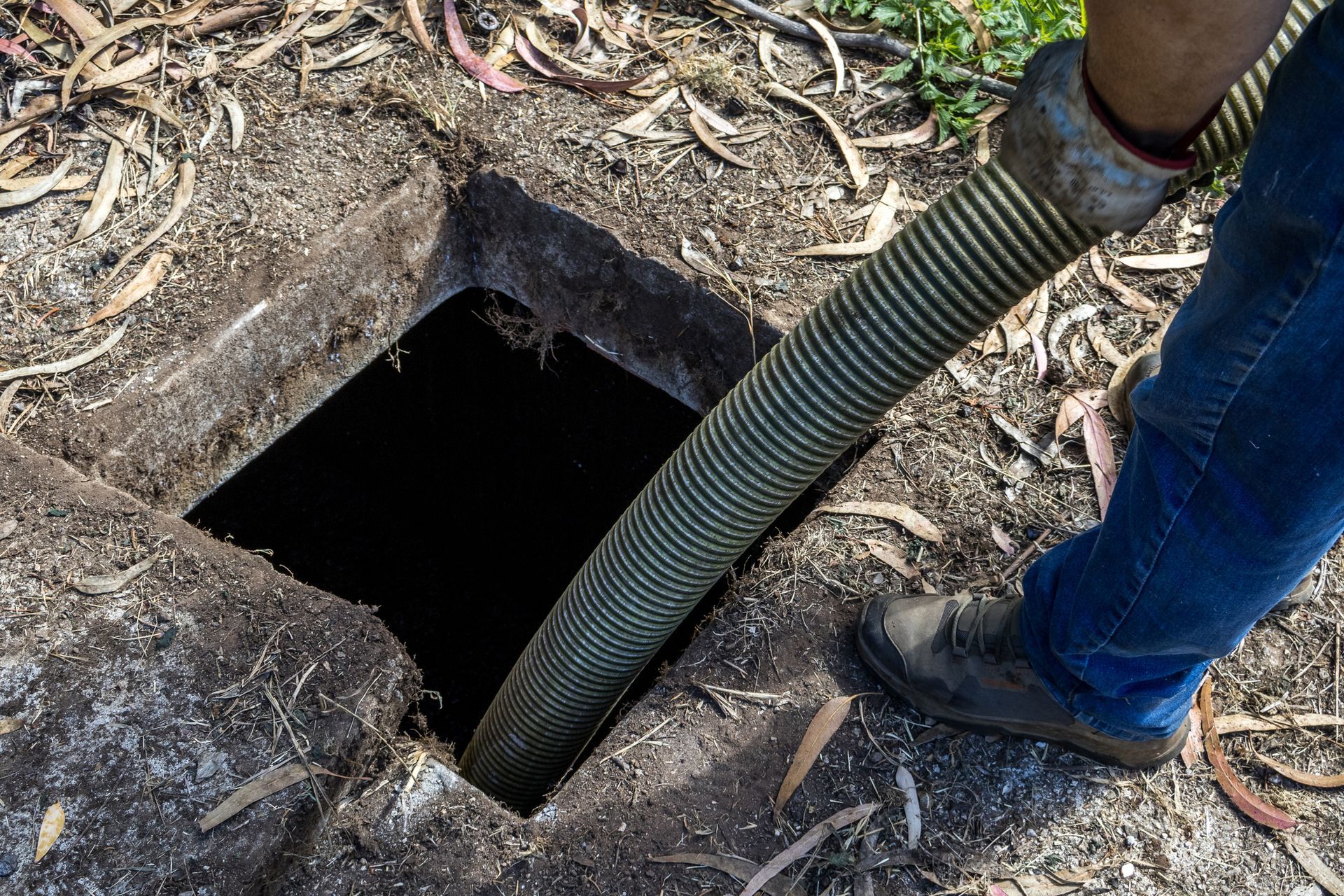What You Should Know About Septic Tank Bacteria
You may think that there's nothing very interesting going on inside your septic tank, but it is actually teeming with life. Bacterial colonies play an essential role in waste management for homes that aren't connected to a municipal sewer system. Here's an overview of what you should know about septic tank bacteria to keep your septic system in good shape.
What Is Septic Tank Bacteria?
Bacterial colonies develop naturally in septic tanks. Bacteria are introduced to the tank from the waste that is flushed into it. As bacteria break down waste in a septic tank, solids fall to the bottom of the tank while less-dense substances like fat float to the top. The layer of solid sludge that sinks to the bottom is the reason the tank must be pumped, but it builds up more slowly than solid waste would otherwise.
Septic tank bacteria are anaerobic, which means they do not need oxygen, and they need no food source other than waste material in the tank. This is why tank additives that claim to promote bacterial growth are unnecessary. Likewise, adding yeast or other bacteria additives is not recommended because the balance of bacteria in the tank is delicate and bacteria will often feed on other bacteria.
What Happens Without Enough Septic Tank Bacteria?
If septic tank waste didn't break down over time, you would have to get your tank pumped much more frequently. Because of the action of septic tank bacteria, you can usually wait to get your septic tank pumped every three to five years.
If bacteria levels in your septic tank have fallen too low, you may start to notice the symptoms of a full septic tank sooner than you would expect. This can start with an unpleasant odor from your drains, and in the worst case, you may see black sewage backing up into sinks, bathtubs, or toilets. Septic backups will usually appear first in the lowest fixtures in your home.
A septic tank that is getting too full will release wastewater into the drain field more quickly than the soil can handle. This often results in lush grass or even standing water in your lawn above the drain field. Slow drains throughout your home are another sign of a full septic tank that may point to a bacterial imbalance.
How Do You Keep Septic Tank Bacteria Healthy?
The way you use your drains can have a big impact on whether the bacteria in your septic tank is able to thrive. While no one wants to deal with a clogged drain, chemical drain cleaners should be at the top of your list of products to avoid. Many of these cleaners contain chemicals such as bleach, hydrochloric acid, and quaternary ammonia that can easily kill septic tank bacteria.
Even though it's in the name, it's easy to overlook the fact that antibacterial cleaners can kill beneficial bacteria as well. Try to stick to natural bar soap, dish soap, laundry detergent, and drain cleaners as much as possible. Baking soda and vinegar are good natural alternatives for mild drain cleaning that won't harm your septic system.
It's strange to think that your septic tank relies on a microscopic army of bacteria to do its job. Understanding the organic element of your septic system will help you preserve the bacteria it contains and avoid leaks and overflows that can shorten the life of the tank.
If your septic system isn't performing as well as it should, it may be time to pump the tank or address a bacteria imbalance. Call the pros at AAA Pumping Service Inc. so we can help you get your septic system running smoothly again.








